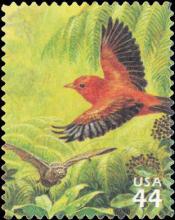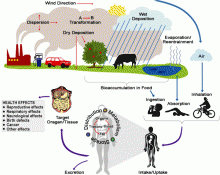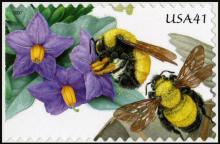Organic chemicals jeopardize the health of freshwater ecosystems on the continental scale
Organic chemicals can contribute to local and regional losses of freshwater biodiversity and ecosystem services. However, their overall relevance regarding larger spatial scales remains unknown. Here, we present, to our knowledge, the first risk assessment of organic chemicals on the continental scale comprising 4,000 European monitoring sites. Organic chemicals were likely to exert acute lethal and chronic long-term effects on sensitive fish, invertebrate, or algae species in 14% and 42% of the sites, respectively. Of the 223 chemicals monitored, pesticides, tributyltin, polycyclic aromatic hydrocarbons, and brominated flame retardants were the major contributors to the chemical risk. Their presence was related to agricultural and urban areas in the upstream catchment. The risk of potential acute lethal and chronic long-term effects increased with the number of ecotoxicologically relevant chemicals analyzed at each site. As most monitoring programs considered in this study only included a subset of these chemicals, our assessment likely underestimates the actual risk. Increasing chemical risk was associated with deterioration in the quality status of fish and invertebrate communities. Our results clearly indicate that chemical pollution is a large-scale environmental problem and requires far-reaching, holistic mitigation measures to preserve and restore ecosystem health.










